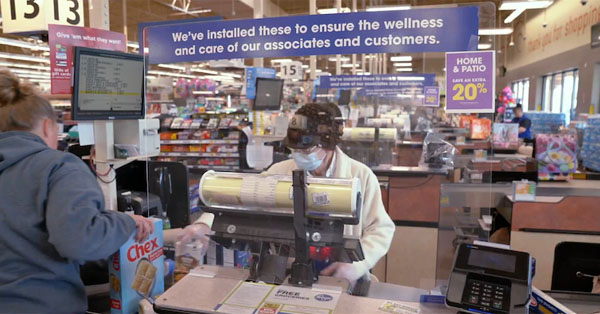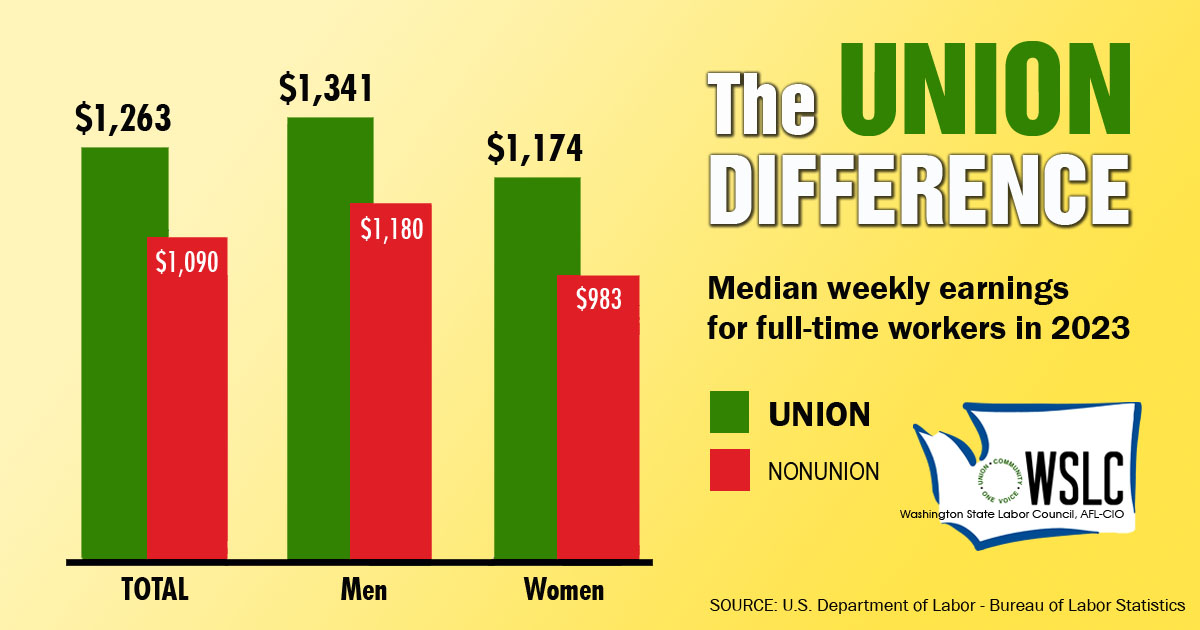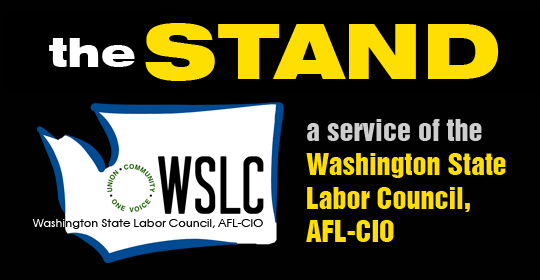STATE GOVERNMENT
900,000-plus have hazardous, precarious jobs
Washington study finds high-hazard, low-reward jobs mostly held by women
The following is from the Washington Labor Education and Research Center:
SEATTLE (Sept. 8, 2020) — Public attention this year has been focused on Washington’s “essential” workers. This research project began by developing a new research model to study both the economic status and COVID hazards facing essential workers. The study results demonstrate that the COVID risk problem is larger than just the “essential” workforce. We identified 55 occupations with over 900,000 workers that are both hazardous and economically precarious – occupations that combine low wages or inadequate benefits with high SARS-CoV-2 hazard scores.

Essential, Precarious, and Risky: Washington Workers in High-Hazard/Low-Reward Jobs, a report by the Washington State Labor Education and Research Center, is the first comprehensive analysis of Washington workers by both economic status and potential SARS-CoV-2 workplace hazards. It has found:
● The high hazard/low reward workforce is heavily female — women constitute two-thirds (66.5%) of workers in these occupations, an estimated 600,000 workers, much higher than their 47.9% share of the overall labor force. And women represent over 80% of the labor force in 17 of the 55 key occupations we identify–nearly double their share of
the overall workforce.
● The high hazard/low reward workforce is disproportionally non-white—workers of color constitute about 35% of workers in these 55 precarious, hazardous occupations, while their share of Washington’s total workforce is only about 30%. Black workers are highly overrepresented, 43% higher than their share of the total workforce, with about 52,000 workers in these occupations.
● The high hazard/low reward workforce consists mostly of workers in essential occupations. The 629,000 workers in essential occupations represent about 70% of the high hazard/low reward workforce.
● Forty-one percent of Washington’s workforce—about 1.4 million workers—are in high COVID hazard occupations.
The ten largest high hazard/low reward occupations and their numbers in Washington are: retail salespersons (107,560), home health aides (61,470), nursing assistants (34,200), fast food and counter workers (97,240), customer service reps (56,760), information and records clerks (29,540), general office workers/clerks (74,460), waiters and waitresses (55,090), cashiers (66,200), and teaching assistants (40,040).
The workers in the 10 biggest high hazard/low reward occupations account for about 622,560 workers in Washington, about 75% of all workers in these 55 high hazard/low reward occupations.
RECOMMENDATIONS
The report recommends policymakers focus on the high hazard, low reward workforce by addressing: 1) the risk of exposure to SARS-CoV-2 in the workplace, and 2) economic precariousness, including lack of health insurance, which can increase the chances of infection, transmission and medical complications.
Here are key recommendations:
Airborne Transmissible Disease (ATD) Standard — Washington should follow the lead of states that have enacted ATD standards for their workplaces, instead of relying on voluntary guidance.
Workplace Coronavirus Disclosure, Testing and Tracking — Support comprehensive notification of positive workplace COVID tests, targeted workplace testing, and prioritize workplace follow-up tracking.
Safety Committees — Promote and widely enforce the requirement that workplaces with more than 11 employees have safety committees to involve workers in identifying and preventing COVID hazards.
Economic Security — Ensure that all Washington at-risk/precarious workers have affordable access to health insurance, hazard pay, paid leave for quarantine periods, and childcare to reduce stress and ensure prompt care.
Read the entire report here.





